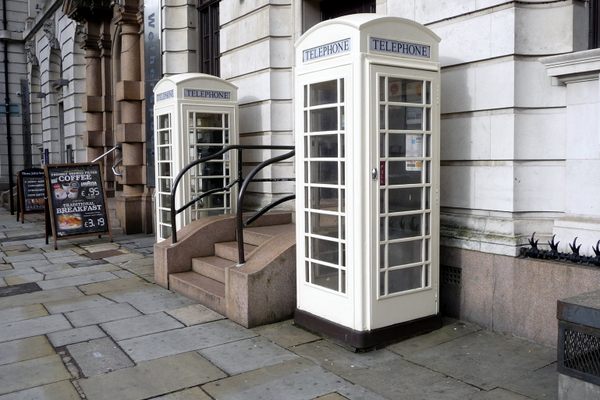AO Edited
The Hull Mermaid
This mummified mermaid corpse is an aquatic curio that was eventually revealed to be a fake.
Update as of December 2021: The museum is currently closed for renovations until late 2023.
Hidden between the bleached whale bones and barbed harpoons of the Hull Maritime Museum is a morbid, aquatic curio; the mummified corpse of a mermaid. Measuring nearly 2 feet tall and covered in desiccated brown-grey skin, the petrified remains stare out at the thousands of visitors who pass through the museum each year.
It was at one point believed the remains dated back as far as the 17th or early 18th century. But although the body may look eerily realistic, the Hull Mermaid is a fake. In the 1930s it was x-rayed and found to be made from the body of a fish and the head of a monkey, held together with a system of wires.
There was a great interest in mermaids during the 16th and 17th centuries, particularly as British sailors came back from trips to Indonesia and Malaysia, bringing with them tales of beautiful half woman, half fish creatures. It is thought that these accounts describe sailors’ first sights of dugongs and manatees. From a distance and distorted by water, these animals were likened to women with fish-like tails.
When these tales made their way back to Britain, public fascination with mermaids swelled, and many fake corpses, like the Hull Mermaid, were created to satisfy popular demand. They were widely displayed as natural curiosities, with some finding their way to wunderkammers, museums, and other collections of zoological items. Today we recognise the Hull Mermaid as an interesting, if not entirely legitimate, oddity.




















Follow us on Twitter to get the latest on the world's hidden wonders.
Like us on Facebook to get the latest on the world's hidden wonders.
Follow us on Twitter Like us on Facebook